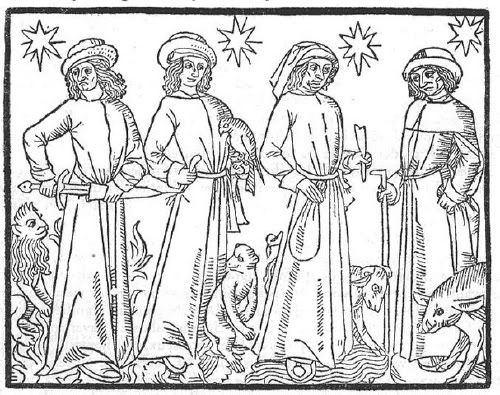mythos
Teheuti said:A reading on temperaments through history will show that descriptions of them change over time. "Melancholy," for instance, used to have a very different meaning then it has today.
I really enjoyed the experiment. Thanks.
Mary
What is interesting too is that the ways in which mental 'illness' has been perceived has changed over time. For example, around the time of the interregnum in England (I think ... memory where are you?), melancholia (which is not what we call major or clinical depression, though it was related) was considered to be the 'worst' mental illness because the person, if suicidal, was seen to be knowingly and willingly throwing themselves beyond redemption and into Hell for eternity. In fact, a suicide's family lost all their possessions to the crown as a consequence for denying God's grace (well ... that was the excuse, she says cynically!).
Aural or visual hallucinations, thoughts of reference, and other manifestations of what we would now label as schizophrenia and/or bipolar disorder (depending on the influence of drug and insurance companies) was seen as far less serious (now the most serious), and possibly a Godly gift. After all, the person might really be seeing or hearing God or Christ. In order words, there was/is an element (a large one) of social construction, in the area of mental 'illness', both now and then.
It is a fascinating subject. Wrote a post graduate dissertation on it many decades ago ... hence why the actual timing historically of this older thinking is a tad foggy in my mind. Anyway ... the four humours, temperaments, balances and imbalances, and how we perceive them are inevitably going to change over time because of many factors, including what has occurred during the long history of tarot and it's development, good, bad or indifferent.
mythos
Jeepers, I forgot to say that I actually labelled two temperament types with one pip icon. The cups missed out completely in my determinations. What does that say about me????? Don't answer


 M
M
